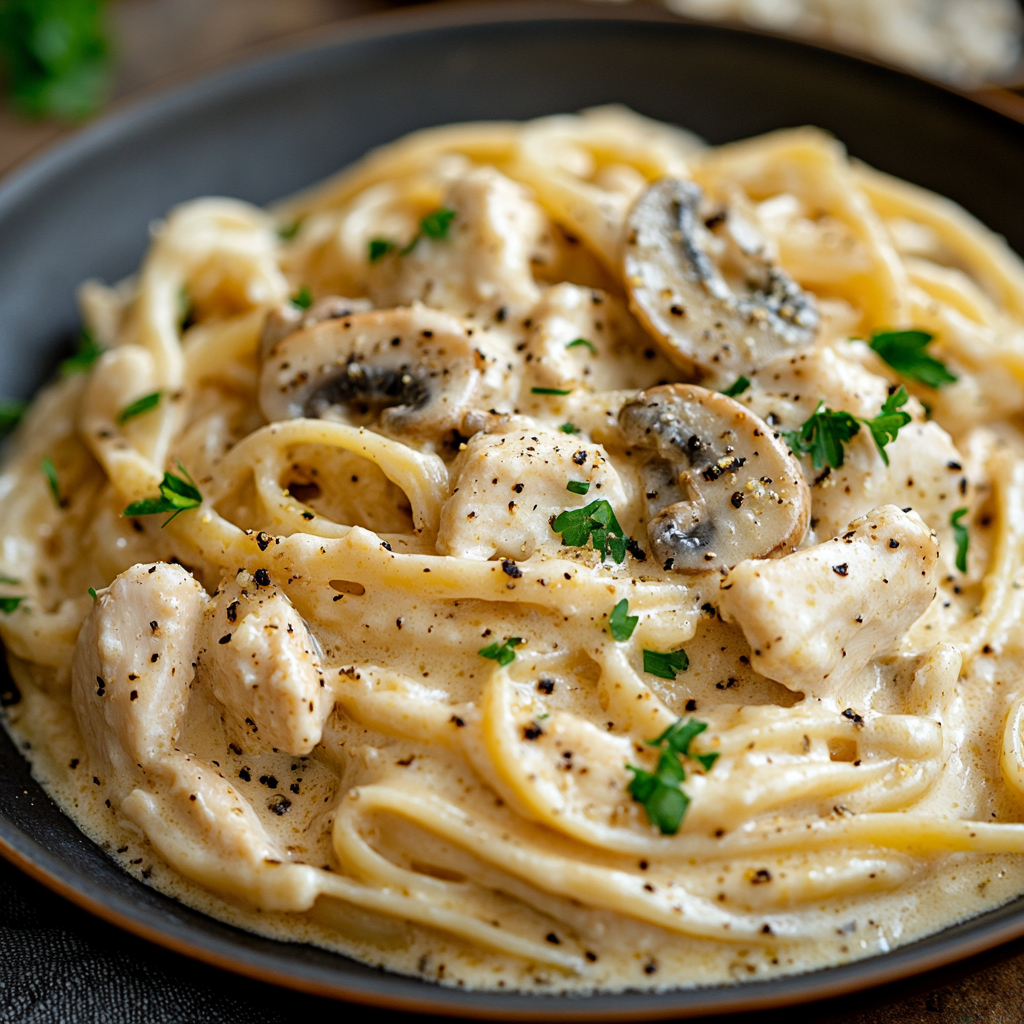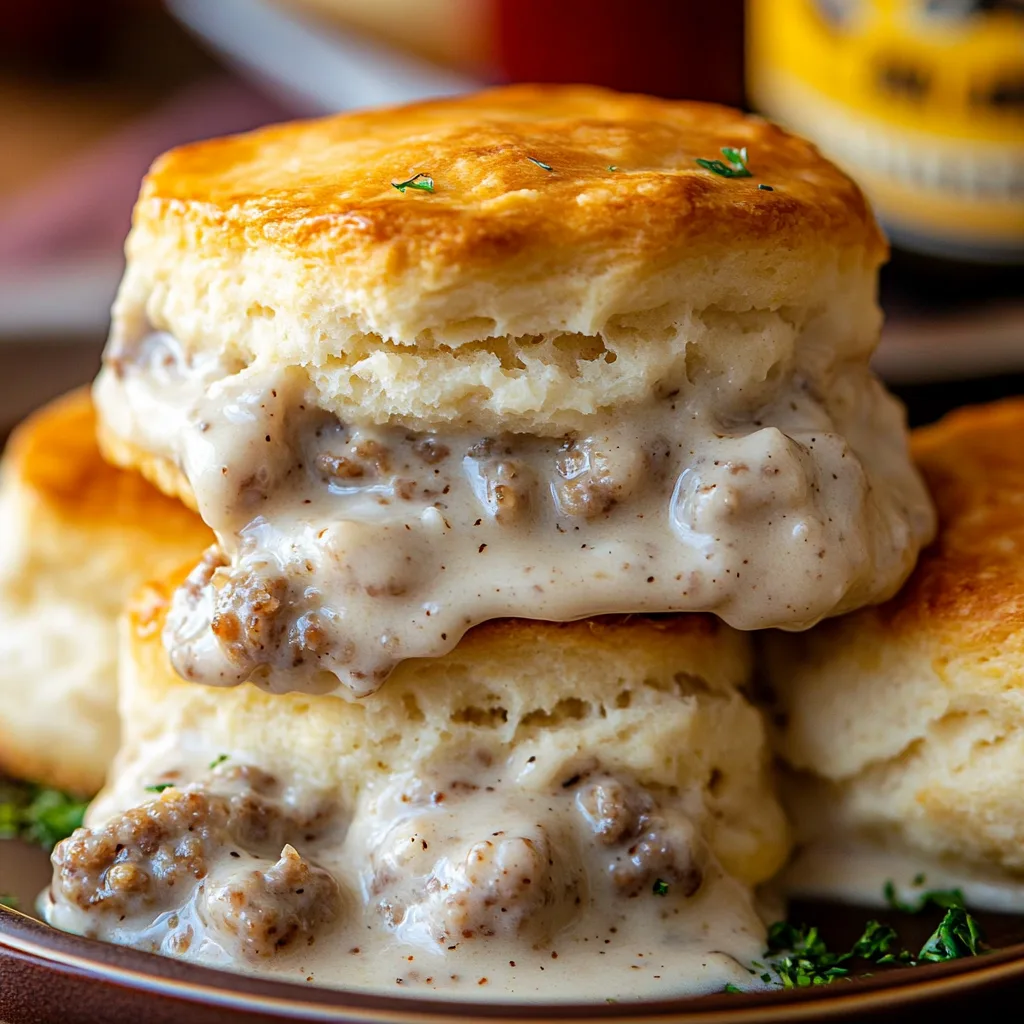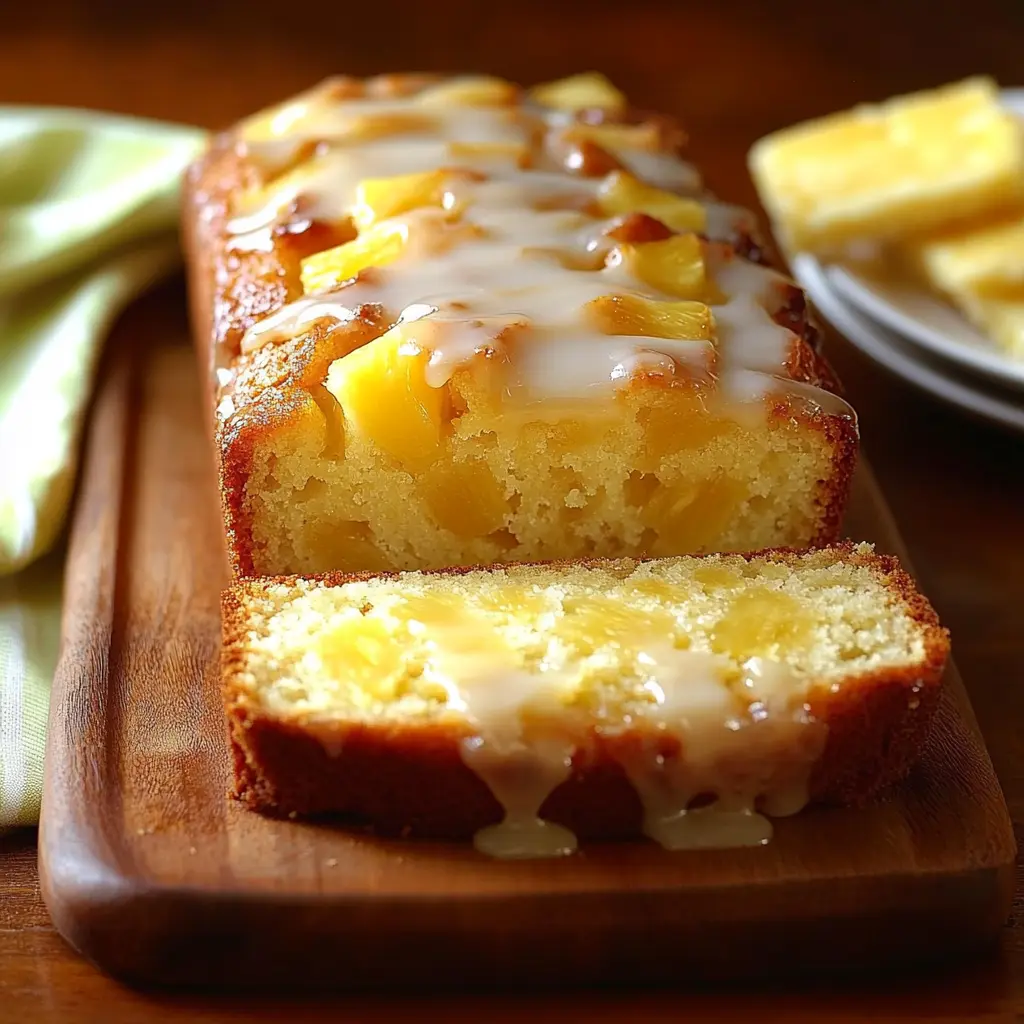There’s something undeniably appealing about the soft, slightly chewy, and perfectly golden crust of a classic Pizza Hut pizza. Recreating this signature dough at home allows you to bring the restaurant experience right to your kitchen, making family pizza nights even more special. This recipe has been crafted to capture the authentic flavor and texture that pizza lovers crave, using simple ingredients you probably already have on hand. Whether you’re aiming to impress guests or just enjoy a cozy meal with family, this homemade Pizza Hut-inspired dough delivers the familiar taste everyone loves.
Why Make Pizza Hut-Inspired Dough at Home?
Making pizza dough from scratch gives you complete control over what goes into it, letting you avoid unnecessary preservatives and customize flavors to suit your preferences. Homemade dough also allows you to experiment with texture, whether you prefer a softer, fluffier crust or a crispier finish. Plus, it’s more economical than takeout, and the process of making dough can be a fun activity to enjoy with family or friends. This recipe brings together all the elements of classic Pizza Hut dough, making it easy to create a fresh, delicious pizza that everyone will love right from your oven.
Ingredients Breakdown
Core Ingredients and Their Roles
Each ingredient in this Pizza Hut-inspired dough recipe plays an essential role in achieving the perfect texture and flavor.
- All-Purpose Flour: The choice of flour significantly impacts the texture and elasticity of the dough. All-purpose flour has a moderate protein content that provides just the right amount of gluten for a soft, slightly chewy crust. If you prefer a chewier texture, bread flour can be used, as it contains more protein, resulting in a stronger gluten structure. For a softer, lighter crust, stick with all-purpose flour as the base.
- Dry Yeast: Yeast is the ingredient responsible for making the dough rise by producing carbon dioxide as it ferments. This not only contributes to the airy texture of the crust but also adds a subtle flavor depth as it ferments. Dry yeast is a convenient choice for home bakers, as it can be stored longer than fresh yeast and requires minimal activation time when mixed with warm water.
- Sugar: Sugar helps activate the yeast, encouraging it to work more effectively, and adds a hint of sweetness to the crust. This subtle sweetness complements savory toppings and balances the dough’s flavor.
- Salt: While only a small amount is used, salt is essential for flavor. It enhances the overall taste of the crust and also helps control yeast activity, ensuring the dough rises at a steady pace.
- Olive Oil: Oil adds moisture to the dough, keeping it soft and preventing it from drying out as it bakes. Olive oil also helps the crust achieve a beautiful golden-brown color, adding to both flavor and visual appeal.
Ingredient Substitutions and Tips
To cater to dietary needs or personal preferences, consider the following ingredient substitutions and tips:
- Flour Alternatives: For a healthier option, substitute up to half of the all-purpose flour with whole wheat flour. This will give the dough a heartier flavor and boost fiber content. For gluten-free needs, use a 1:1 gluten-free flour blend. Be aware that gluten-free flour may produce a different texture, often requiring additional binding agents like xanthan gum.
- Yeast Options: Active dry yeast can be swapped for instant yeast if preferred. With instant yeast, you can skip the activation step (dissolving in water) and mix it directly with dry ingredients. Both types of yeast will yield similar results, but instant yeast may work slightly faster.
- Sugar Alternatives: If you prefer not to use refined sugar, alternatives like honey or agave can be used. These natural sweeteners also assist with yeast activation while adding a mild flavor.
- Oil Substitutions: While olive oil is traditional, you can use vegetable oil or melted butter as substitutes. Each will slightly alter the flavor, with butter adding richness and vegetable oil offering a neutral taste.
Step-by-Step Instructions for Perfect Pizza Dough
Step 1: Mixing the Dry Ingredients
Start by accurately measuring and combining your dry ingredients: flour, salt, and sugar. Use a spoon to scoop flour into the measuring cup, then level it off with a knife for consistency. Overpacking the flour can lead to a denser dough. In a large mixing bowl, add the flour, then sprinkle the salt and sugar evenly on top. Salt is essential for enhancing flavor, while sugar helps activate the yeast. Stir the mixture gently with a whisk or spoon to evenly distribute the ingredients. This well-mixed base ensures consistent flavor and texture throughout your dough.
Step 2: Activating the Yeast
For successful yeast activation, temperature is key. Start by warming ¾ cup of water to around 110°F (45°C) — warm but not hot. If the water is too hot, it can kill the yeast; too cold, and it won’t activate. Sprinkle the yeast over the water and let it sit for about 5 minutes. During this time, the yeast should begin to froth or bubble on the surface, a sign that it’s active and ready to work. This frothing happens as the yeast feeds on the sugar, producing gases that will help the dough rise. If no bubbles form after several minutes, the yeast may be inactive, often due to water temperature issues or expired yeast. In this case, start fresh with new yeast and carefully check the water temperature to ensure your dough rises properly.
Step 3: Combining Ingredients
Once your yeast is activated, pour the yeast mixture and the olive oil into the bowl with the dry ingredients. Begin stirring with a wooden spoon or spatula, gradually incorporating the ingredients until they form a cohesive dough. Start mixing slowly to avoid overworking the dough initially. The mixture will be slightly sticky at first, but as you keep stirring, it will begin to come together, forming a soft, manageable dough. If needed, add a little extra flour, a tablespoon at a time, to reach the right consistency, where the dough pulls away from the sides of the bowl.
Step 4: Kneading the Dough
Transfer the dough onto a lightly floured surface and begin kneading. To knead, press the dough forward with the heel of your hand, fold it over, and give it a slight turn. Repeat this motion, adding a small sprinkle of flour as needed to prevent sticking. Knead for about 8–10 minutes, or until the dough becomes smooth and elastic. This process develops the gluten, creating a structure that will trap gases from the yeast, giving the dough its chewy texture. Be careful not to over-knead, as this can make the dough tough. A good indicator of readiness is the “windowpane test” — stretch a small piece of dough; if it becomes thin and translucent without tearing, it’s ready.
Step 5: First Rise
After kneading, place the dough in a greased bowl to prevent sticking as it rises. Cover the bowl with a clean kitchen towel or plastic wrap to retain moisture. Set it in a warm, draft-free spot, as yeast thrives in warmth. Allow the dough to rise until it doubles in size, typically about 1 hour. During this time, the yeast ferments, producing gases that expand the dough. If your kitchen is cool, you can place the bowl in a slightly warm (but off) oven to speed up the rising process. A doubled size indicates the dough is ready for the next step.
Step 6: Preparing for Baking
Once the dough has risen, gently punch it down to release the trapped gases, which helps prevent large air bubbles in the crust. Transfer the dough to a lightly floured surface and roll it out to fit your pizza pan or stone, adjusting thickness to preference. For a thin crust, roll the dough out to about ¼ inch; for a thicker crust, aim for about ½ inch. Lightly grease your pan or sprinkle a pizza stone with a bit of cornmeal to prevent sticking. At this stage, your dough is ready to be topped and baked to golden perfection.
Baking the Dough
Pre-Baking Tips
For the best pizza crust, preheat your oven to 425°F (220°C) at least 20–30 minutes before baking. This high temperature is essential to achieve a golden, crispy crust without drying out the toppings. If you have a pizza stone, place it in the oven during preheating; stones retain and distribute heat evenly, helping the crust bake faster and develop a crisp bottom. If you’re using a regular pizza pan, opt for a perforated one to allow better airflow, which aids in browning.
Using parchment paper underneath the dough can also prevent sticking and make transferring the pizza easier, especially if you’re baking directly on the stone. For an extra layer of flavor, lightly brush the edges of the dough with olive oil before baking, which helps the crust brown beautifully and adds a subtle richness.
Baking the Pizza
Once preheated, place your pizza in the oven and bake for about 15–20 minutes. Check the crust’s color and texture around the 15-minute mark; a fully baked pizza should have a golden-brown crust and bubbly, slightly browned cheese. If you prefer a crispier crust, bake for an additional 2–3 minutes, checking frequently to avoid burning.
For a chewier crust, remove the pizza from the oven as soon as the cheese melts and begins to bubble, usually around the 15-minute mark. Keep in mind that crust thickness and toppings can slightly alter baking time, so use visual cues like color and cheese bubbles to gauge readiness. After baking, let the pizza rest for a few minutes before slicing to allow the cheese to set and the crust to cool just enough for the perfect bite.
Tips for Achieving the Perfect Pizza Hut-Style Crust
Creating a Pizza Hut-style crust at home involves achieving the ideal balance of thickness, chewiness, and a slight crisp on the edges. Aim for a thickness between ¼ and ½ inch when rolling out the dough. This range gives the pizza a soft, airy interior with a chewy bite, while the edges develop a satisfying crispness during baking.
Proper dough hydration is essential for a chewy crust. Keep the dough slightly sticky while kneading — this extra moisture allows the dough to expand fully during rising, resulting in a light, airy texture. Allow the dough to rest adequately, especially after the first rise, to relax the gluten, making it easier to shape without springing back.
For an authentic flavor boost, brush the edges of the dough with garlic-infused oil before baking. This simple touch adds aroma and a subtle, savory taste. Additionally, select toppings that cook evenly at high temperatures; meats, cheeses, and vegetables sliced thinly or precooked work best to avoid an underdone center. Distribute toppings evenly to prevent overloading any area, as too many ingredients can weigh down the dough and affect its texture. With these tips, you’ll achieve a pizza crust reminiscent of the classic Pizza Hut experience.
FAQs
What’s the best way to store unused dough?
Place unused dough in an airtight container or tightly wrap it in plastic wrap. Refrigerate if you plan to use it within a few days or freeze it for longer storage. This helps retain moisture and prevents the dough from drying out.
Can I use a bread machine for this dough?
Yes, you can use a bread machine to mix and knead the dough. Simply add the ingredients in the order recommended by your machine (usually liquids first, followed by dry ingredients, with yeast on top). Set it to the dough cycle, and once complete, proceed with the recipe from the first rise step.
How can I make the crust crispier or softer?
For a crispier crust, increase the baking temperature slightly or pre-bake the crust for 5 minutes before adding toppings. To achieve a softer crust, brush the edges with olive oil and bake at a slightly lower temperature.
How long does the dough last in the refrigerator?
Pizza dough can be stored in the refrigerator for up to 3 days. Ensure it’s covered tightly to prevent drying out and allow it to come to room temperature before shaping and baking.
Can I freeze the dough? If so, how?
Yes, you can freeze pizza dough. After the first rise, punch it down, divide it into portions, and wrap each tightly in plastic wrap. Place in a freezer bag, and store for up to 3 months. Thaw in the refrigerator overnight before using.

Pizza Hut-Inspired Homemade Dough
- Author: Christophe
Description
This homemade pizza dough recipe mimics the soft, slightly chewy crust you get from Pizza Hut, and it’s super easy to make from scratch. Perfect for building your own pizza masterpiece at home!
Ingredients
- 2 cups all-purpose flour
- 1 packet dry yeast (about 2¼ teaspoons)
- 1 tablespoon sugar
- 1 teaspoon salt
- 3/4 cup warm water (110°F or 45°C)
- 2 tablespoons olive oil
Instructions
1️⃣ Mix Dry Ingredients: In a large mixing bowl, combine the flour, salt, and sugar.
2️⃣ Activate the Yeast: Sprinkle the yeast over the warm water (ensure it’s around 110°F or 45°C) and let it sit for about 5 minutes, or until it becomes frothy. This ensures the yeast is activated and ready to rise.
3️⃣ Combine Ingredients: Pour the yeast mixture and olive oil into the bowl with the dry ingredients. Stir until a dough begins to form.
4️⃣ Knead the Dough: Transfer the dough to a lightly floured surface. Knead for about 8–10 minutes, until the dough is smooth and elastic.
5️⃣ First Rise: Place the dough in a greased bowl, cover it with a clean kitchen towel or plastic wrap, and let it rise in a warm place until doubled in size, about 1 hour.
6️⃣ Prepare for Baking: Once the dough has risen, punch it down to release any air bubbles. Roll it out to fit your pizza pan or stone.
7️⃣ Add Toppings and Bake: Preheat your oven to 425°F (220°C). Add your favorite pizza toppings, then bake for 15–20 minutes, or until the crust is golden brown and the cheese is bubbly.
Notes
- Crispier Crust Tip: For a crispier crust, pre-bake the dough for 5 minutes before adding the toppings, then continue baking as directed.
- Make-Ahead Option: This dough can be made ahead and refrigerated for up to 24 hours after the first rise. Just let it come to room temperature before rolling out.
- Flavored Crust: Brush the edges of the crust with garlic butter or sprinkle with Parmesan cheese before baking for an extra flavor boost.












